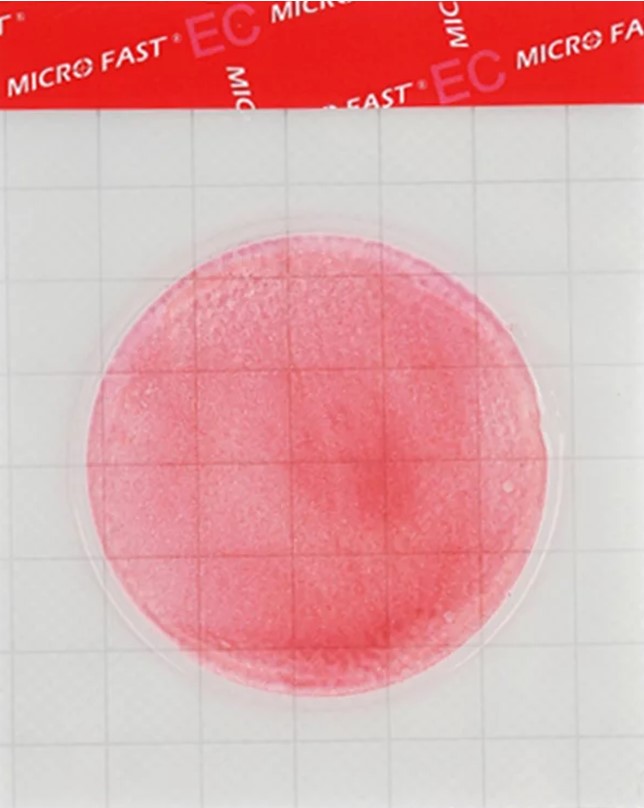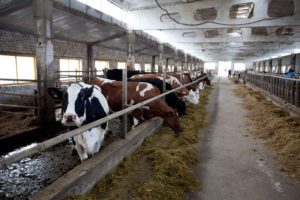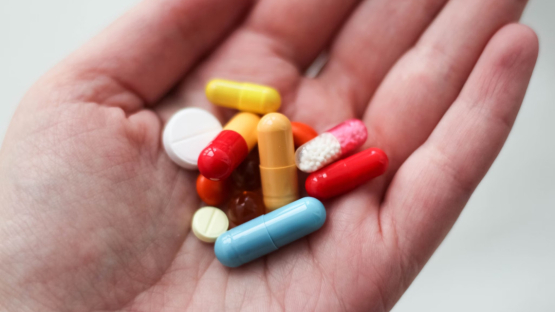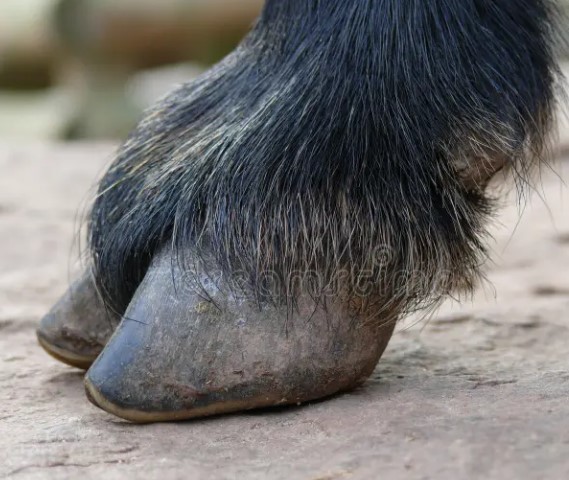Antibiotics in milk: Rumors and reality
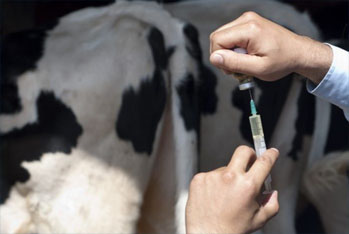
Photo is illustrative in nature. From open sources.
I guess each of us has ever heard of the fact that together with a glass of many favorite MILK we get a dose of antibiotics. To what extent this statement is true, the specialists of the Public Oversight Service examined the milk presented on the shelves of Russian stores in the summer of 2013.
The results of the laboratory tests show that the customers' fears are not in vain. Indeed, two of the eleven tested samples revealed antibiotic content.
How do antibiotics get into milk?
The source of antibiotics is milk from sick animals. One of the serious problems of modern animal husbandry is the disease of dairy cows with mastitis. This most common disease, as well as some others, is treated with antibiotics, which causes the detection of these drugs in cow's milk.
According to the regulations, there is a three-level system of raw milk quality control, designed to prevent the milk of sick animals from getting on the consumer's table. Raw milk should be subject to industrial laboratory control, laboratory safety monitoring in veterinary institutions and quality control when it is accepted into dairy plants. Ideally, this system should ensure that there is no unsafe milk in the total milk yield, but in practice it can fail.
What are the dangers of antibiotics in milk?
Of course, when it comes to the presence of antibiotics in the milk purchased in the store, we are talking about microscopic doses of these substances. But, according to experts, because of the specific features of these drugs, even they can cause harm to human HEALTH.
According to Larisa Lavut, associate professor at the Mechnikov Moscow State Medical University, tetracycline antibiotics have a cumulative effect. By accumulating in the body, they can have a negative impact on the ears. The presence of these substances is especially dangerous for those who drink large amounts of milk - two or three liters a day.
Leonid Churilov, HEAD of the Department of Pathology at the Medical Faculty of St. Petersburg State University, c.m.s., warns that even minimal doses of antibacterial drugs have a negative impact on the body's microflora and increase the risk of spread of resistance of pathogens to drugs.
Results of examination of cow pasteurized milk
Eleven samples of products were purchased from various outlets in St. Petersburg. They were tested not only for antibiotics (levomycitin, penicillin, streptomycin, tetracycline and its forms), but also for compliance with organoleptic properties and the actual composition of the label.
According to the results of the inspection, six out of eleven samples were found to be in full compliance with the regulatory documents, two samples were found to be antibacterial, three samples were rejected in terms of taste, smell and consistency, and three samples had an underestimated fat content.
The smell of milk may be due to prolonged storage on farms, improper maintenance of milking equipment. [ADD-3]
Bitter taste is caused by the long storage of the product at low temperatures, stern - due to the presence of highly smelling plants in the feed, acidic - due to violations of sanitary and temperature conditions for the collection, storage or transportation of milk.
Slightly underestimated fat content does not give a reason to recognize the product as low-quality, but violates the right of the consumer to receive reliable and complete information.
- "Piskarevskoye" 2.5%, manufacturer of LLC "Saint-Petersburg MZ "Piskarevskiy", St. Petersburg, 900g, 31-90g
- "Moloko Vologodchiny 3.2%, manufacturer of OJSC Cherepovets Dairy Plant, Cherepovets, 1000 g, 34-90r
- "Full Krynka 2.5%, manufacturer LLC Krivskoye, Kaluga Region, 900g, 27-00p
- "Vkusnoteevo" 3.5%, manufacturer of JSC "Voronezh Dairy Plant", Voronezh, 900g, 41-90r
- "365 days" 2.5%, manufacturer CJSC "Laktis", Velikiy Novgorod, 900g, 26-90g
- TH "Smetanin" 2,5 %, the manufacturer of Open Society "Velikoluk dairy industrial complex", Velikiye Luki, Pskov region, 1000г, 26-70р Pasteurized milk with the revealed deviations from requirements of standard documents and discrepancy of the declared properties on a label [ADD-1]
- "Harmony" 3.5%, manufacturer of "Lakto-Novgorod" LLC, Novgorod region, 900 g, 56-90r - actual fat content 3.2% instead of the declared 3.5%
- "Staraya Ladoga" 2.5%, manufacturer LLC "Volkhovsky Plus", Leningrad Region, 910g, 37-90 - a heterogeneous consistency, with particles (Chief technologist of the enterprise I.V. Pavlova, without disputing the comments of the laboratory, reported to the "Public Control" that "heterogeneity of consistency and particles appeared in the process of storage of milk. Milk is not subjected to homogenization and during storage there is an insignificant fat retention, which leads to heterogeneous consistency of milk. In order to eliminate this vice and fat settling in the production process, the issue of purchasing a homogenizer is being solved.)
- Milk 2,5 %, the manufacturer of Joint-Stock Company "Luzhsky dairy industrial complex", Leningrad region, 900г, 29-90р - an extraneous taste is revealed
- "Prinevskoye" 2.5%, producer of CJSC "Tribal plant "Prinevskoye", Leningrad Region, 1000 g, 40-00r - actual fat content of 2.2% instead of the declared 2.5%; tetracycline was found (the manufacturer immediately reacted to the alarming results of the examination of his milk. DIRECTOR General Mukhazhir Etuev informed the Public Control that seven batches of milk from different bottling dates were sent to the St. Petersburg City Veterinary Laboratory for examination and provided copies of test reports, according to which the batches of pasteurized milk fully comply with the requirements of regulatory documents. V.V. Lebed, Head of the Animal Husbandry Shop at the Prinevskoye Breeding Factory, CJSC, informed that "measures have been tightened to prevent cows receiving antibiotic treatment from getting milk into the prefabricated milk".)
- Milk 3.2%, produced by Golmar Group LLC, Kaluga region, 29-69r - bitter oxidized taste and foreign smell; actual fat content is 3.1% instead of the declared 3.2%; tetracycline was found
The results of the expertise are relevant only to the samples submitted for expertise, and not to all similar products of manufacturers.
Read together with it:
- Lukashenko appreciated it! See how Belarusian condensed milk is made.Video screenshot Topic news What's the first image that comes to mind when you think of Belarusian dairy products? Many will say a blue and white can of condensed MILK. Whether it's from Glubokoye or Rogachev, it has long been an unofficial Belarusian brand abroad. But do you know how it's produced? In the spring of 2......
- A major industry reboot: nine new transport corridors will open in the Mogilev region in 2025.30 декабря, Горецкий район. Девять современных молочно-товарных комплексов появились в хозяйствах Могилевской области в текущем году. Об этом во время открытия МТК на 1,2 тыс. голов в СЗАО "Горы" в Горецком районе рассказал председатель Могилевского облисполкома Анатолий Исаченко, передает корреспондент БЕЛТА."Идет перезагрузка отрасли: мы строим новые молочно-товарные комплексы, реконструируем и ...
- Госстандарт: продукция с Госзнаком качества - это имидж страны, она должна быть высочайшего уровняЕлена Моргунова. Фото Госстандарта 24 декабря, Минск. Продукция с Государственным знаком качества должна быть высочайшего уровня и отождествляться с Беларусью. Об этом заявила корреспонденту БЕЛТА председатель Государственного комитета по стандартизации, заместитель председателя Республиканской аттестационной комиссии Елена Моргунова, комментируя итоги присвоения продукции Госзнака качества в 2......
- Цифровизацию здесь внедряют во все сферы производства. С какими успехами заканчивает год СУП "Хотиславский"Новости темы СУП "Хотиславский", которому в этом году исполнилось 75 лет, известно в первую очередь продукцией животноводства. Здесь прекрасные надои, а у бычков стабильно высокий прирост. Во все сферы производства активно внедряется цифровизация. Какие задачи позволяет эффективно решать такой подход и по какому показателю предприятие уверенно удерживает одно из ведущих мест в Беларуси? Урожай воп...
- Which products will be awarded the State Quality Mark in 2025? The list has been approved.December 23, MINSK . The list of products to be awarded the State Quality Mark in 2025 has been approved. The corresponding resolution was signed by Prime Minister of Belarus Alexander Turchin, the government press service told BELTA. The following food products and industrial and technical products have been awarded the State Quality Mark in 2......
- Tariff reduction and more. What will the free trade agreement with Indonesia bring to the EAEU countries?Во время подписания 22 декабря, Москва. Индонезия откроет для стран Евразийской экономического союза преференциальный доступ в отношении 90% товарной номенклатуры. Это предусмотрено соглашением о свободной торговле, подписанном на полях заседания Высшего Евразийского экономического совета в Санкт-Петербурге 21 декабря, сообщили БЕЛТА в пресс-службе Евразийской экономической комиссии (ЕЭК). "Респуб...
- Several projects per district! How the President's initiative is making regions stronger.The "One District - One Project" program is scheduled to be completed in 2026. But its positive results are already evident in the numbers. These include the number of projects, new unique industries, and jobs, as well as successful business projects developing modern medicines, growing tomatoes in greenhouses, and growing rainbow trout in ponds. We explain how our district centers are becoming mo...

































